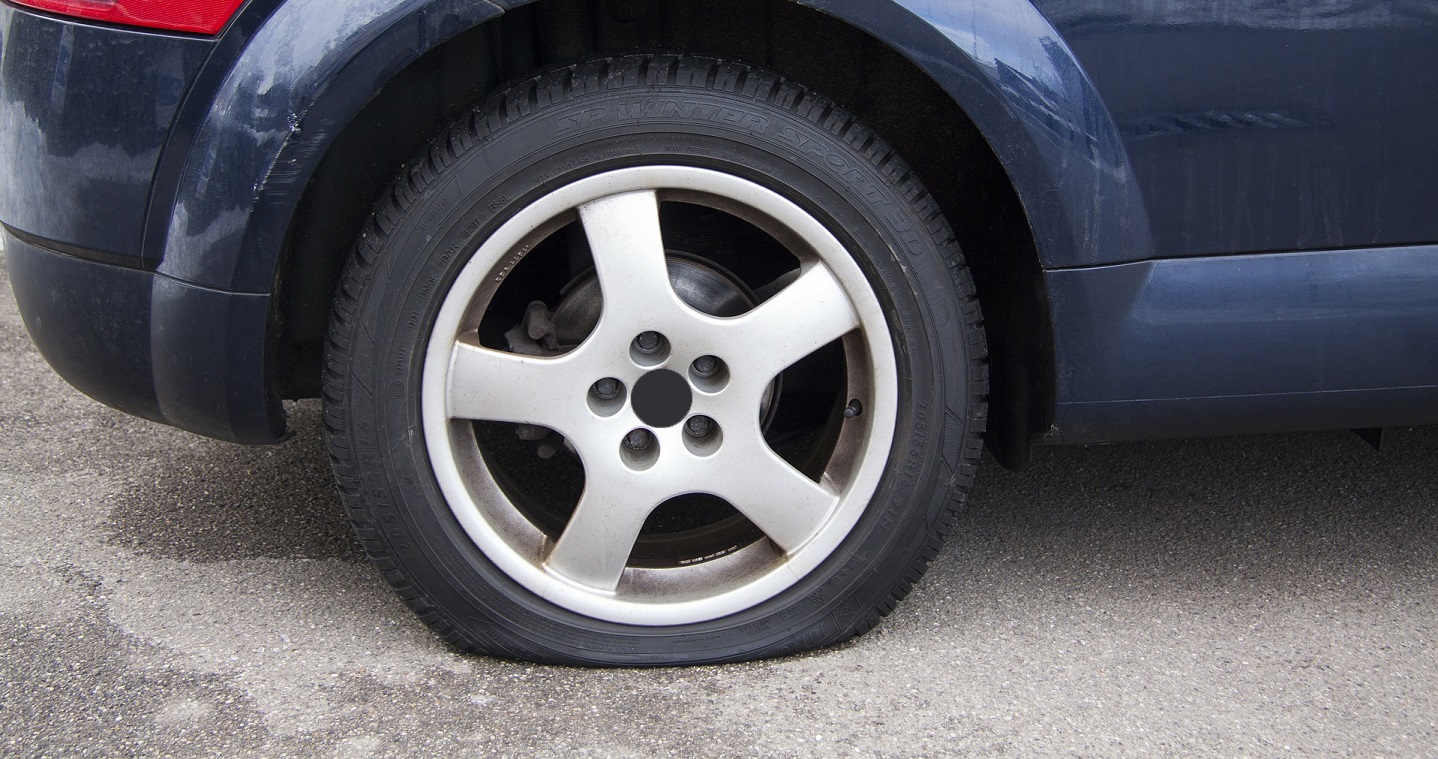Is this the end of annoying punctures?
23 March 2021
Nobody wants to find themselves stuck on the side of the road all because of a flat tyre. Punctures often happen at the most inconvenient times, that’s why tyre and tyre repair companies are always trying to eliminate this frustration for motorists.
Full-size spare or space saver?
It’s getting harder to find a vehicle with a full size spare wheel nowadays, but this is the best way to get mobile again without any restrictions - you just need to remember that the tyre you place back in the boot has a puncture which needs to be repaired before you need it again.
The good old space saver temporary tyre is often missing from the boot of many new cars these days. This is mainly to maximise the space available in the back of vehicles, but it doing so it removes the ability to change your tyre yourself at the roadside.
Here are some clever options to help prevent tyre punctures available in the New Zealand market:
Run-flat tyres
First appearing in the eighties, run flat tyres (RFTs) are general-use tyres that have been specially developed with reinforced sidewalls or internal supporting rings to maintain composure even when flat. This means that they will continue to support the vehicle’s weight by maintaining some of its shape even if the tyre has experienced a complete loss of air pressure.
RFTs can be placed on any rim, but it is recommended that they’re fitted to rims designed for these tyres to prevent the tyre bead unseating. A tyre pressure monitoring system (TPMS) or pressure warning system must be used to inform the driver if a tyre does lose pressure.
RFTs are commonly used by European vehicle manufacturers and you can buy them from a variety of tyre retails for Bridgestone, Continental, Dunlop, Goodyear and Pirelli branded tyres.
All RFT solutions prevent the punctured tyre from adversely affecting the braking, acceleration and steering of your car. They usually allow you to keep travelling a distance up to 80km at a max speed of 80km/h, which should allow you to get to a place where you can safely organise a replacement.
Repair in a can
If you don’t want the hassle of changing your tyre immediately after puncture damage, you can invest in a can of tyre inflator/sealer, which inflates and temporarily seals the punctured tyre to help get you to the nearest practical place for tyre repair or replacement.
You can get a can of all-in-one from an automotive parts retailer, or often vehicles are sold new with an electric pump and a separate bottle of sealer, which gets added to the flat tyre before being inflated.
Tyre inflator/sealer is a product designed to offer a temporary tyre repair to allow you to get your vehicle to a tyre repairer.
Always follow the manufacturer’s instructions when using this method and never put the sealant inside tyres to avoid potential punctures – it’s only meant as a temporary repair in the event that a puncture actually happens. Misuse could cause damage.
Note: Any tyre or repair method used as a temporary measure to get you to a place of safety or repair must be treated as such and the manufacturer’s recommendation adhered to with regards to speed and distance with which to travel. If a temporarily repaired or run flat is assessed and deemed unsuitable for repair it will need to be replaced.
Airless tyres
Michelin unveiled their ‘Tweel System’ back in 2005, and it was originally designed for use on small vehicles such as ride-on lawn mowers and motorized golf carts. They were also used on heavy equipment at hazardous sites where the risk of tyre punctures is high.
Michelin is working with General Motors (GM) on a tyre called the Unique Puncture-proof Tire System (UPTIS), and aim for these to be ready for production by 2024. Real-world testing of their UPTIS prototypes is set to be on a fleet of Chevrolet Bolt EVs. Other large tyre companies like Bridgestone are also working on developing this tyre technology.
According to a global study from Michelin, about 12 per cent of tyres on the road are scrapped prematurely due to blowouts, and about eight per cent are discarded due to irregular wear because of inflation issues. This equates to a total of 200 million tyres scrapped annually for early replacement.
These tyres have many benefits for the motorist and the environment. These tyres use fewer raw materials as well as less energy in their production, and reduce the number of scrapped tyres as a result of unexpected puncture. As UPTIS tyres don’t lose pressure overtime, it stops irregular wear issues from over or under inflation, can improve fuel efficiency, lower emissions and removes the danger of one of your tyres blowing out on the road.
How the AA can help
The AA has introduced AA Tyre Service in select areas of Auckland for AA Members. The entirely mobile service can either fit a temporary tyre so the Member can drive to a place of repair, or sell, fit and balance a replacement tyre at the roadside if their tyre is irreparable. Meanwhile, all AA Service Officers carry Holts Tyreweld foam which can temporarily repair a tyre. The foam doesn’t render the tyre irreparable, so Members are able to drive to a place of repair.
- AA Auto Centre - aa.co.nz/autocentre
- AA Roadservice - aa.co.nz/roadservice
- AA Batteries - aa.co.nz/batteries

